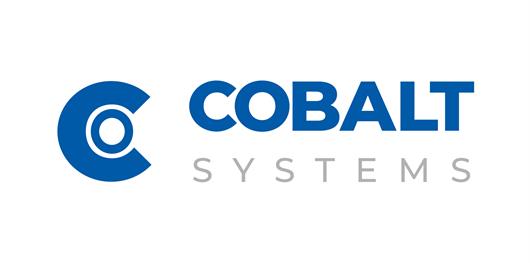 Add My Company
Add My Company
Sign In
Food for thought: Have production lines missed an opportunity with barcode labelling compliance?
03-08-2019

In production circles and indeed the wider business world, the word compliance is not always met with glee. Compliance with new standards can represent a challenge, it involves time, costs money and in a busy factory can even be viewed as a painful distraction.
Understandably, when manufacturers were tasked with meeting various industry standards for barcode labelling, the focus was to meet the standards as quickly and effectively as possible, but in the process, a major opportunity may have been overlooked - an opportunity that could not only impact the operational efficiency of production lines but one that could significantly impact both line throughput and revenue.
Leveraging value or just being compliant?
In the food industry, all manufacturing companies are now required to be legally compliant to GS1 standards, ensuring labels on products are traceable. Equally, companies that show ingredients on product labels must ensure that all allergens are emboldened on their labels.
It is not so much compliance, but how compliance was met that forms this discussion, with many companies saddling themselves with the same operational labelling process as before, rather than flipping compliance on its head to leverage value out of requirement.
The aspirin or the cure?
Let’s look at the challenge required to embolden ingredients on labels from an operational standpoint. Many companies operating in the food industry have multiple products, and their operation relies on pre-printed labels. So when the requirement for the emboldening of allergens became a legal requirement, many companies simply had to scrap their label stock, wasting thousands of pounds in some instances.
To quickly remedy the above they simply bought in more pre-printed labels with the new emboldened allergen details included. At first glance this looks like a logical step, ensuring operational continuity and in effect continuing with the same labelling process as before.
However, in an increasingly competitive environment, does it make sense just to stand still?
The pre-printed label process is beset with problems. A company needs to hold a large inventory of labels and the process incurs regular waste. The process is inflexible and can therefore limit potential line speed throughput as well as being more prone to human error. If you factor in the requirement to proof labels, the process is often time-consuming, invites high labour costs and consequently is inefficient and expensive.
However in defence, this is the way many companies have historically run their labelling operation and of course are comfortable with it.
Compliance can catalyse change
So what about the alternative? Some companies utilised compliance as an opportunity to review their existing processes and introduce automation of labelling by printing on demand using real-time Print & Apply machinery. Integrated with smart labelling software, these companies could now develop barcode label templates and use their own database to embolden allergens and automatically update new products in real-time.
Yes, that all sounds great… but what about the capital costs of implementation? What about the line configuration and the potential disruption in moving to automated labelling? All, of course, valid reasons to not embrace change.
Well, the results are actually surprising.
Automation of labelling delivering exceptional ROI
One of the UK’s leading Egg production companies Glenrath Farms achieved just a 30-week ROI on a project delivered by Print and Apply specialists Cobalt Systems after they recognised pre-printed hand applied labelling was inefficient, expensive and was becoming a barrier to growth.
Utilising compliance as a catalyst for change Glenrath integrated modular real-time Print and Apply technology into an existing automated line, transforming their operation.
Print & Apply focus is changing
One of the reasons for the above success is because Print and Apply companies are now becoming more sophisticated. Rather than simply manufacturing selling and installing technology, the focus is on adding value and being a project partner as much as delivering innovative machinery.
Chris Hunt, UK Sales Manager at Cobalt who has over 20 years’ experience in the Print and Apply industry explained
“We often get enquiries about label inspection or validation and the biggest concern from customers is about mislabelling of stock. Rather than just treat the problem, we like to analyse the root-cause of the issue and deliver a solution that generates massive lifecycle value. Glenrath is a perfect example of how companies can think differently about their labelling operation. That project was delivered efficiently, without large expense and without the need to change the line configuration. It’s often just about sitting down with companies like ours and having a conversation.”
Different thinking about labelling.
In a production environment, there are of course many things to consider, and for the busy production manager, labelling can sometimes be down the list of priorities. However, the benefits of labelling automation are difficult to ignore.
In an ever-changing world, manufacturers are constantly looking for ways to improve and gain an advantage. After all, if you are not evolving, your competitors certainly will be.
Ticking the compliance box is always going to be a requirement, but in the future, it may be how you view compliance that defines the success of your business.
For more information on Food for thought: Have production lines missed an opportunity with barcode labelling compliance? talk to Cobalt Systems Limited
Enquire Now
List your company on FindTheNeedle.
